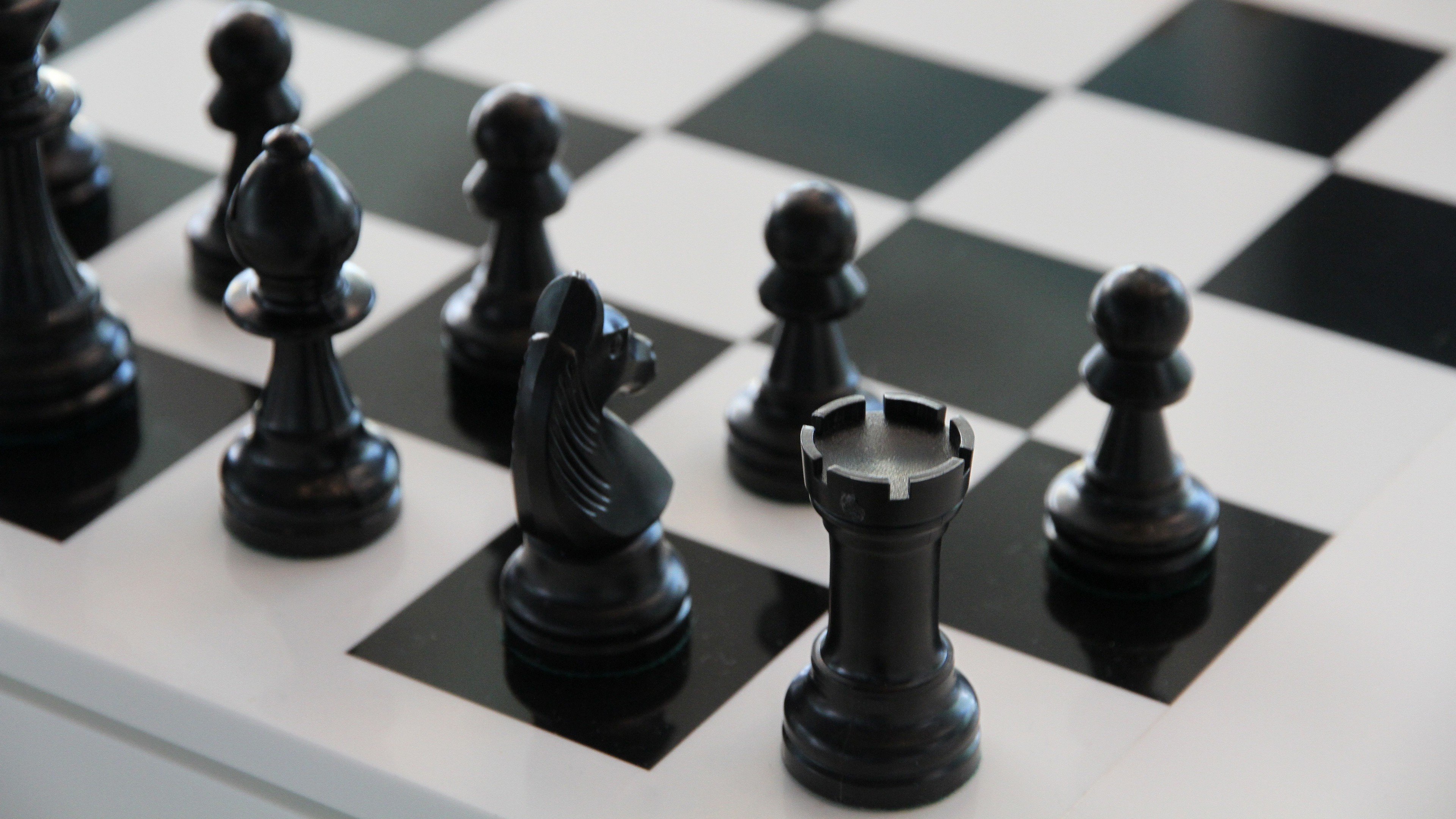
often incorrectly referred to as a castle by the uninitiated". 30, says "The rook is the piece mistakenly called the castle." The Everything Chess Basics Book by Peter Kurzdorfer and the United States Chess Federation, Adams Media 2003, page 30, says ". Let's Play Chess by Bruce Pandolfini (1986) p. 344 says "In English-speaking countries non-players sometimes call it a castle.". The Oxford Companion to Chess, by David Hooper & Kenneth Whyld, 2nd ed. (2005) says that "castle" is informal and an "old-fashioned term for rook". One of the pieces, made to represent a castle also called a ROOK.". This is unusual, as the term for elephant is in many other languages applied to the bishop. In Kannada, it is known as ಆನೆ ( āāne), meaning "elephant". In South Slavic languages, it is called the "cannon" (Топ, Romanised top). Peter Tyson suggests that there's a correlation between the name of the piece and the word rukh, a mythical giant bird of prey from Persian mythology. Murray, however, did not give an explanation of why the Russians call the piece a "ship". The only vehicle that moved in straight fashion was ship, thus they replaced it with prahu.

Murray argued that the Javanese could not visualize a chariot moving through the jungles in sweeping fashion as the rook. It is possible that the rendition comes from Sanskrit roka (ship) however, no chaturanga pieces were ever called a roka. This may be because of the use of an Arabic style V-shaped rook piece, which some may have mistaken for a ship. In some languages the rook is called a ship: Thai เรือ ( reūa), Armenian Նավակ ( navak), Russian ладья ( ladya), Javanese ꦥꦿꦲꦸ ( prahu). Rooks usually are similar in appearance to small castles thus, a rook is sometimes called a "castle", though modern chess literature rarely, if ever, uses this term. In the British Museum's collection of the medieval Lewis chess pieces the rooks appear as stern warders, or wild-eyed berserker warriors. In Hungarian it is bástya (" bastion") and in Hebrew it is called צריח ( tsriʾaḥ, meaning "turret"). The piece is called torre ("tower") in Italian, Portuguese, Catalan and Spanish tour in French toren in Dutch Turm in German torn in Swedish and torni in Finnish. In the West, the rook is almost universally represented as a crenellated turret. In time, the elephant disappeared and only the tower was used as the piece. In Europe the castle or tower appears for the first time in the 16th century in Vida's 1550 Ludus Scacchia, and then as a tower on the back of an elephant. The sides of the chariot were built to resemble fortified stone work, giving the impression of small, mobile buildings, causing terror on the battlefield.
#CHESS PIECE DRIVER#
Persian war-chariots were heavily armored, carrying a driver and at least one ranged-weapon bearer, such as an archer. The berserker used as a rook in the Lewis chessmen Two rooks on the seventh rank are often enough to force victory by the blind swine mate, or at least a draw by perpetual check. In the diagrammed position from a game between Lev Polugaevsky and Larry Evans, the rook on the seventh rank enables White to draw, despite being a pawn down. A rook on the seventh rank is often considered sufficient compensation for a pawn. If one file is particularly important, a player might advance one rook on it, then position the other rook behind- doubling the rooks.Ī rook on the seventh rank (the opponent's second rank) is typically very powerful, as it threatens the opponent's unadvanced pawns and hems in the enemy king. From this position, the rook is relatively unexposed to risk but can exert control on every square on the file.


In that position, the rooks support each other and can more easily move to occupy and control the most favorable files.Ī common strategic goal is to develop a rook on the first rank of an open file (i.e., one unobstructed by pawns of either player) or a half-open file (i.e., one unobstructed by friendly pawns). In the opening, the rooks are blocked in by other pieces and cannot immediately participate in the game, so it is usually desirable to connect one's rooks on the first rank by castling and then clearing all pieces except the king and rooks from the first rank.

Rooks and queens are called major pieces or heavy pieces, as opposed to bishops and knights, the minor pieces. Winning a rook for a bishop or knight is referred to as winning the exchange. Two rooks are generally considered to be worth slightly more than a queen (see chess piece relative value). In general, rooks are stronger than bishops or knights (which are called minor pieces) and are considered greater in value than either of those pieces by nearly two pawns, but less valuable than two minor pieces by approximately a pawn.


 0 kommentar(er)
0 kommentar(er)
